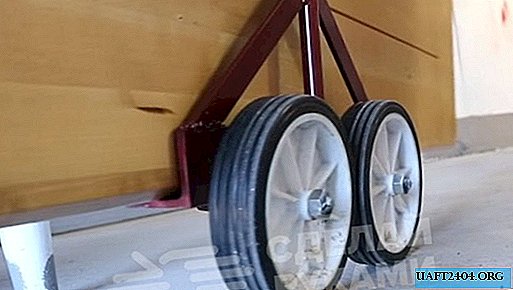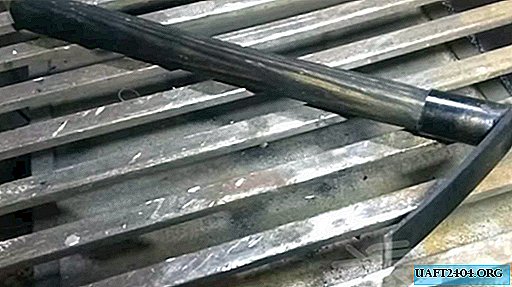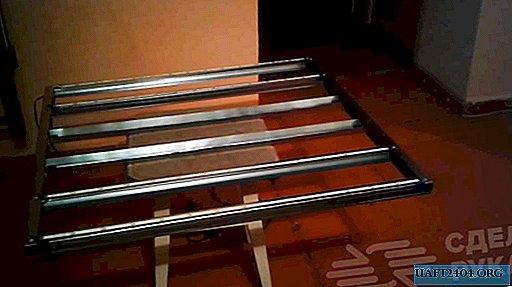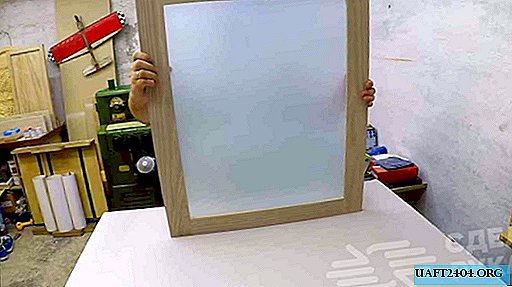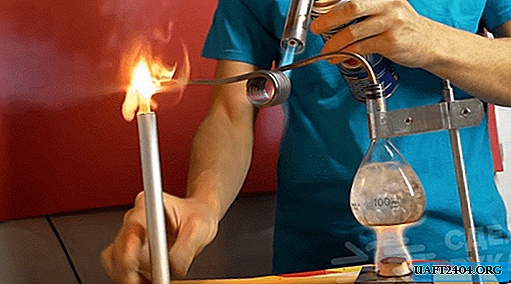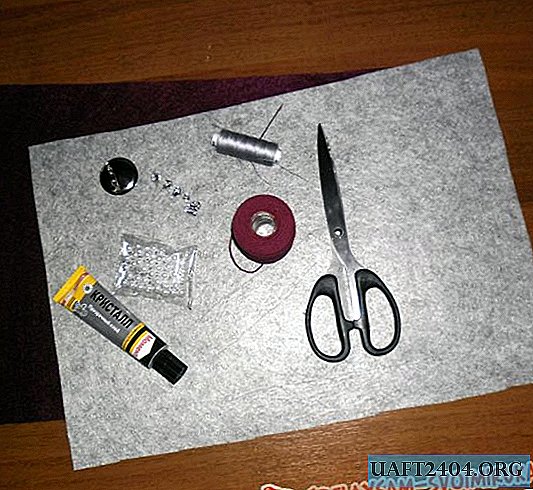Share
Pin
Tweet
Send
Share
Send
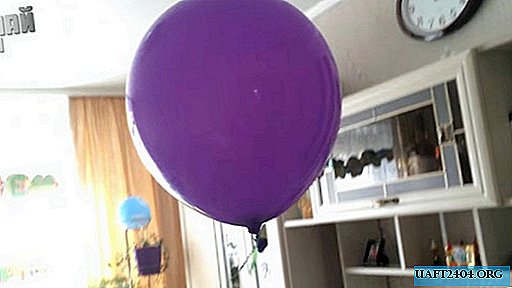
A flying balloon is perfect for any holiday event. Typically, purchased flying balls are filled with light volatile gas such as helium. At home, it is almost impossible to get such gas without special equipment. But helium is not the only gas that can be used for such purposes. At home, without unnecessary labor, you can get hydrogen, which is also suitable.
But here it is worth considering that hydrogen is extremely explosive, so it is undesirable to make more than one ball. And in general, the whole experiment must be carried out outside the doman and outdoors.
Will need
For experience, we need:
- - aluminium foil,
- - pipe cleaner (Titanium, Mole) - Caution! Alkali!
- - plastic bottle,
- - bucket with water,
- - rubber ball,
- - funnel
- - water
- - etc.
Do it yourself do-it-yourself flying ball
When conducting the experiment, be sure to use rubber gloves and special glasses to protect your eyes!
First, roll the kitchen foil into small strips and cut into small pieces. And collect in a small plastic cup.

We got 7 grams, you can take more foil, the reaction will take place faster and there will be more hydrogen.

We also take a pipe cleaner (TITAN or MOLE) in granules, 19 grams is quite enough for us. Be careful this caustic substance, wear rubber gloves. In case of contact with hands, rinse thoroughly with water.

Next, we take a plastic bottle filling it with one third of water, and lower it into a bucket of cold water. For convenience, we take a funnel and pour out our aluminum crumbs and a pipe cleaner into the bottle, then quickly put the ball on the neck of the bottle so as not to release hydrogen. It is better to isolate the neck of the bottle with electrical tape.

The reaction begins, the ball is completely inflated in about 15-20 minutes, the plastic bottle is heated and so that it does not fuse from overheating, it dips it in a bucket of cold water.

The reaction of aluminum, sodium hydroxide and water produces sodium tetrahydroxoaluminate and hydrogen, which inflates our ball.

When the ball has inflated, squeeze the bottle so that part of the hydrogen from the bottle goes into the ball, twist the tail stronger and remove the electrical tape, then remove the ball from the neck.

We wash the tail with water, if our ball is not fully inflated, you can blow it a little like a regular ball.
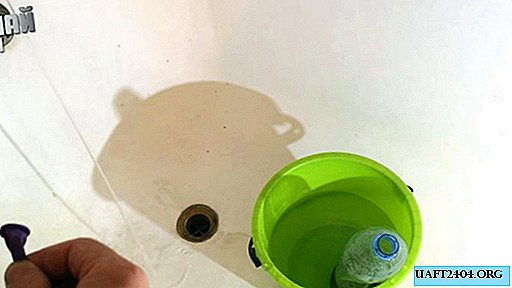
We ask someone to hold the ball and tightly tie the tail.

The ball flies very well, and will delight you and your children. To prevent the ball from blowing off in half a day, use the gel for flying balls, for example, "hi float".

Conclusion
At the end of the experiment, I would like to add that such a ball will descend to the ground after about 6-12 hours of flight. To increase this time, you can use a special gel that is scrubbed in specialized stores selling such balls.
Be careful: a pipe cleaner (Titanium, Mole) is used to make the ball - this is caustic alkali, be extremely careful!
Also, do not bring the inflated ball close to the fire. Otherwise, the hydrogen in the ball smells like a loud bang.
Share
Pin
Tweet
Send
Share
Send


